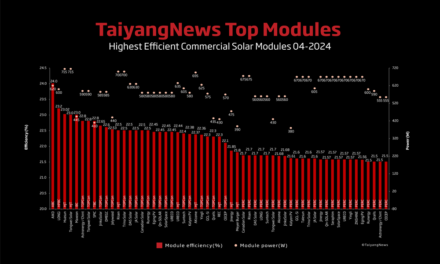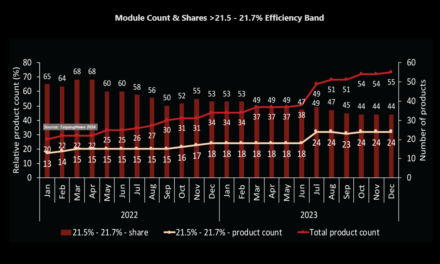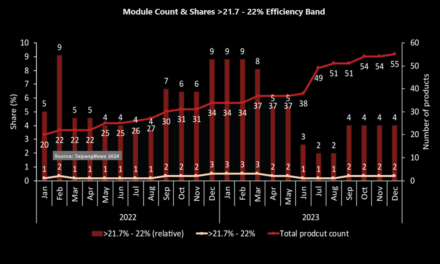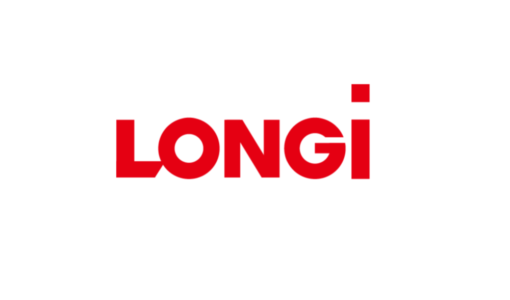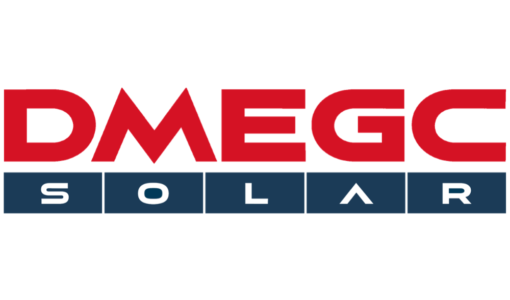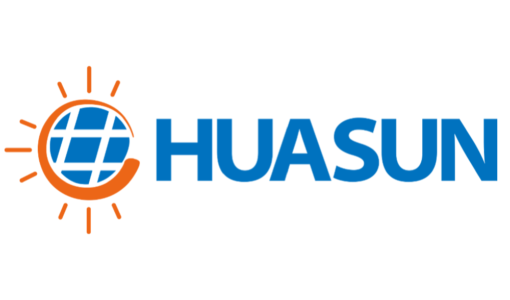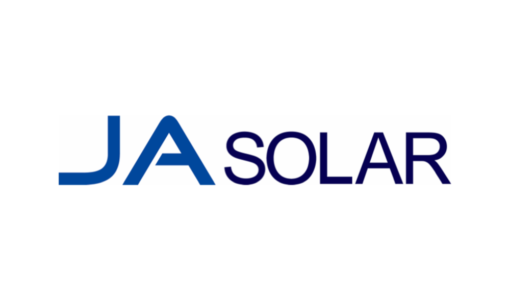- The lowest and narrowest efficiency range of 21.5% to 21.7% featured the most products, dominated by PERC
- Jinergy’s HJT module was consistently listed with 21.68% until Aug 2023, which improved to 21.85% in Sep 2023
- The market share for the 21.5% to 21.7% range went from 65% in Jan 2022 to 68% in Mar-Apr 2022, then dropped to 44% by the end of 2023, while the product count grew from 13 to 24.
The final efficiency band in our TaiyangNews Top Modules Analysis Report 2023, ranging from 21.5% to 21.7%, is the narrowest and lowest band in our rankings. This band features the highest number of products, mostly represented by PERC technology. The only exception being a HJT module from Jinergy that consistently featured in this range throughout the year 2022 until August 2023. Jinergy improved its HJT module efficiency in September, from 21.68% to 21.85%, moving it to the band above (see Module Efficiency Developments).
During 2022, the product count increased from 13 to 18, and then to 24 by the end of 2023. In January 2022, products within this efficiency band had a 65% market share, which peaked at 68% in March and April 2022, before gradually decreasing to 53%. By the end of 2023, it had dropped further to 44%. This reiterates the trend that an increasing number of companies are bringing products to the market based on advanced cell architectures. On the other hand, companies have also improved their PERC product efficiencies.
A total of 13 products were listed within this efficiency range in January 2022, with Jinergy’s module being the most efficient at 21.68%. 5 other modules from Risen, CSI, Suntech, Talesun and Trina Solar were listed at 21.6%, with only one module from EGing PV at 21.57%. The remaining 6 modules from LONGi Solar, JA Solar, Jinergy, Astronergy, Qcells, and Tongwei were at the lower limit of 21.5%. By the end of 2022, the total number of products listed within this efficiency range had increased to 18. While none of the products reached 21.7% in January 2022, 3 did so by December 2022. 3 companies offered modules with 21.68% efficiency in December, while the number was only 1 in January. Products listed at 21.6% increased from 5 in January to 6 in February, and remained so until June. In July, Risen improved its efficiency to 21.7%, moving out of 21.6% group. The number decreased to 4 in December, with Canadian Solar improving its efficiency to 21.7%, and thus upgrading to the next level. There was only 1 product at 21.57% efficiency, which gradually increased to 4 by year end. In contrast, the count of products with 21.5% efficiency reduced from 6 to 4.
In 2023, the product count remained steady at 18 for the first 6 months, increasing to 24 in July. However, efficiencies improved within this range, as shown in the table below. Initially, Canadian Solar, Risen, and LONGi had products with 21.7% efficiency in January. By June, Tongwei and DAS Solar joined, with Suntech following in July. This lineup persisted until December. At 21.68% efficiency, Akcome, JinkoSolar, and Jinergy maintained consistency until August. Jinergy moved to a higher band in September.
Still making progress: The number of companies offering the top of PERC range at 21.7% increased from 3 at the end of 2022 to 6 in December 2023, indicating companies have also been pushing up the efficiency for PERC modules. (Source: TaiyangNews)
The number of products at 21.6% efficiency initially increased from 4 to 5 in March, remaining so for the next 3 months. JA Solar, Talesun, Suntech and Trina Solar were among them in January, with Astronergy joining in March. Suntech left in July, and GCL-Si joined in August. In September, Astronergy moved back to 21.5% efficiency, while GCL-Si, JA, Talesun, and Trina continued until December. The trio of Jinergy, Seraphim, and Yingli remained unchanged throughout H1 and persisted until the end of 2023. However, the list of companies offering 21.57% efficiency increased to 7 by the end of 2023, with Qn-SOLAR, SolarSpace, and URECO joining in July, and ZNSHINE joining in October. EGing PV remained the sole supplier of a 21.56% product for the entire period. Interestingly, the number of products at 21.5% efficiency decreased to 1 from 4 in the first 6 months of 2023. Initially offered by DAS Solar, Astronergy, Qcells, and Tongwei, the list shrunk to DAS Solar and Qcells by March and only Qcells in April. Starting from July, several new products joined the list with CECEP, GCL-Si, and Runergy, with GCL-Si moving to 21.6% in August, and Astronergy joining in with reduced efficiency in September (see Top Trends in High-Efficiency Solar Technology).
The TaiyangNews TOP MODULES 2023 Report summarizes the key findings from over 24 editions published during 2022 and 2023. Download the free report here.



